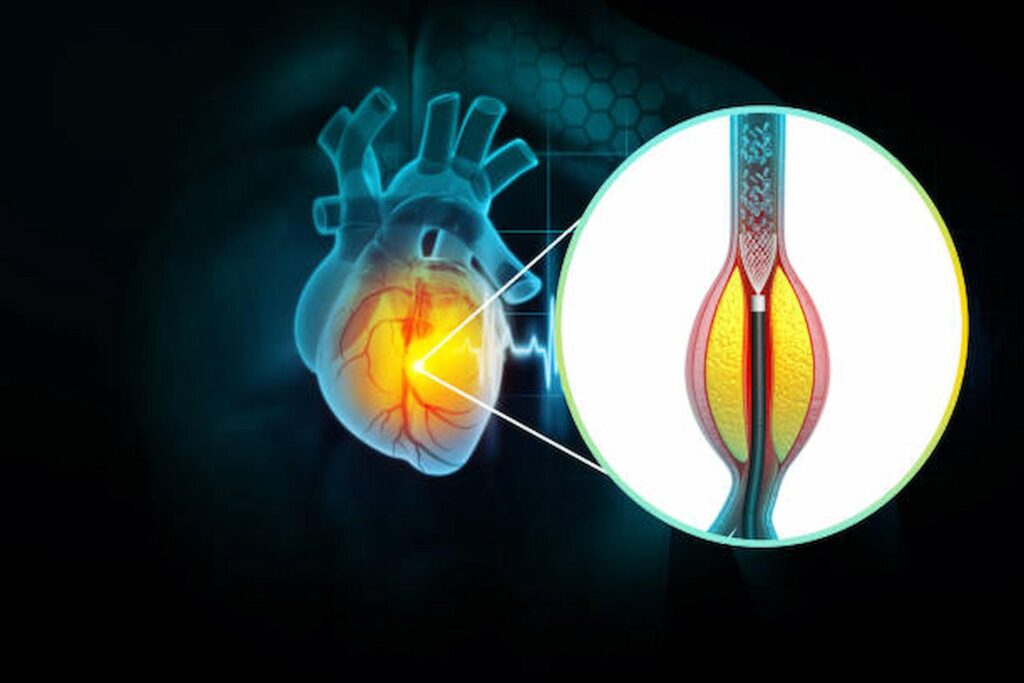Angina is a chest pain that can be a sign of a heart attack. Angina can occur when there’s an obstruction in the heart’s blood vessels, causing them to narrow and stiffen. This makes it difficult for blood to flow through them, which causes angina.\
What Is Angina?
Angina is a symptom that occurs when the heart muscle contracts but does not receive enough oxygen. This can cause chest pain, shortness of breath, and fatigue. Most people with angina have associated symptoms that come from the pain itself.
The most common type of angina involves chest pain that worsens when you exercise (i.e., walk up stairs), eat or drink something hot, cold, spicy, etc., but goes away when you rest or take nitroglycerin tablets (which dilate blood vessels).
What Are The Different Types Of Angina?
The most common causes of angina are chest pain, which means the pain resolves on its own after a period of rest or when you take medicine to relieve it.
Unstable angina can be mild, moderate, or severe and is associated with symptoms such as:
- chest pain that lasts for more than 15 minutes or recurs at regular intervals (like once an hour) during exercise;
- Shortness of breath, tightness in the chest, or pressure in the throat; and/or
- Nausea (often described as “butterflies” after eating).
Causes Of Angina
- Smoking
- Cholesterol
- High blood pressure
- Diabetes
- Lack of exercise and obesity are also risk factors for angina, as well as a family history of heart disease.
Symptoms Of Angina
- Chest pain or discomfort
- Pain in the shoulders, arms, neck, and jaw
- Pain that may be triggered by physical exertion
- Pain that may be triggered by emotional stress
- Pain that may be triggered by eating
Diagnosis Of Angina
The diagnosis of angina is based on a physical exam and medical history. Your doctor will ask you questions about your symptoms, such as how often they occur, whether they’re relieved by rest or nitroglycerin (a medication that dilates blood vessels), what activities trigger them most frequently, and how severe the pain feels.
You can also try taking your pulse in several areas of your body to see if it increases when an attack occurs. This is called an electrocardiogram (ECG) test; doctors use it to determine if certain heart rhythms could be causing angina symptoms—or whether there may be another problem with the heart itself.
Chest pains like angina, which might indicate a heart attack, are one such symptom. Speak to your doctor if you believe you may have angina.
Angina occurs when there’s not enough oxygen flowing through the blood vessels of your heart. It often strikes quickly and without warning, causing severe pain in the middle of your chest.
Conclusion
Chest pain may be caused by the prevalent cardiac condition angina. If you’re experiencing symptoms of angina, check with your doctor or visit a healthcare provider immediately.
